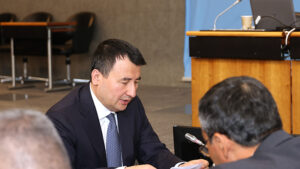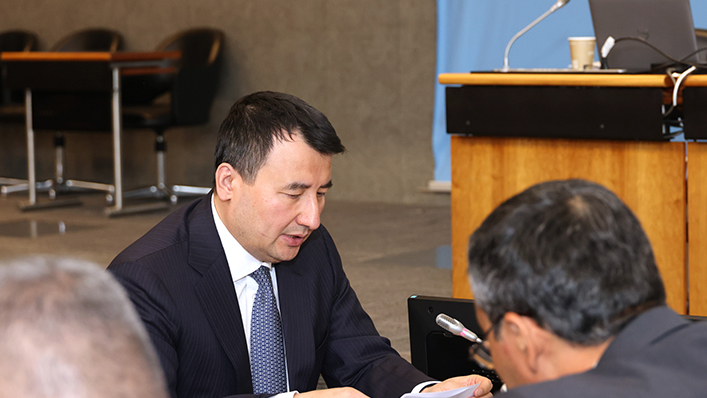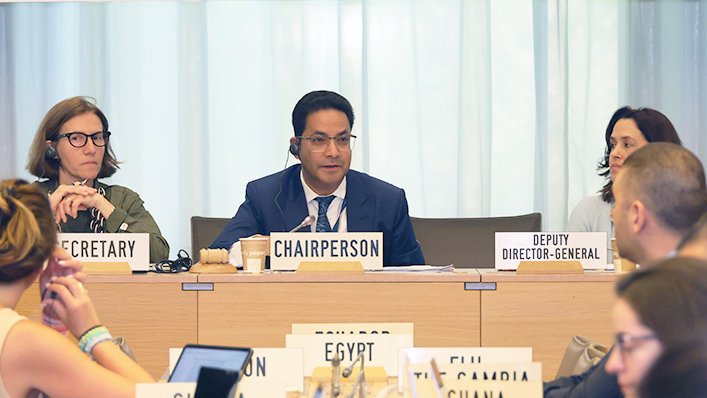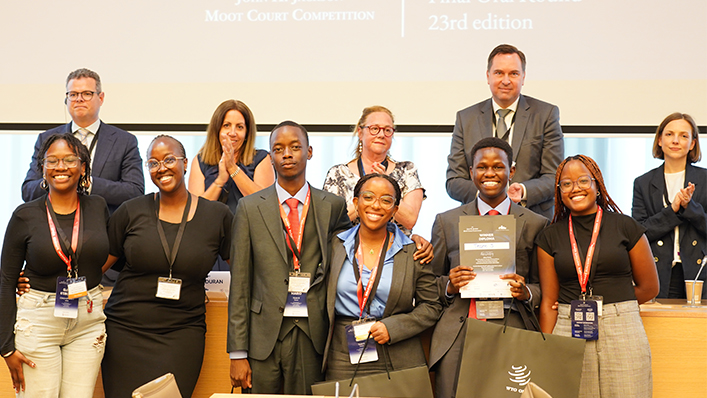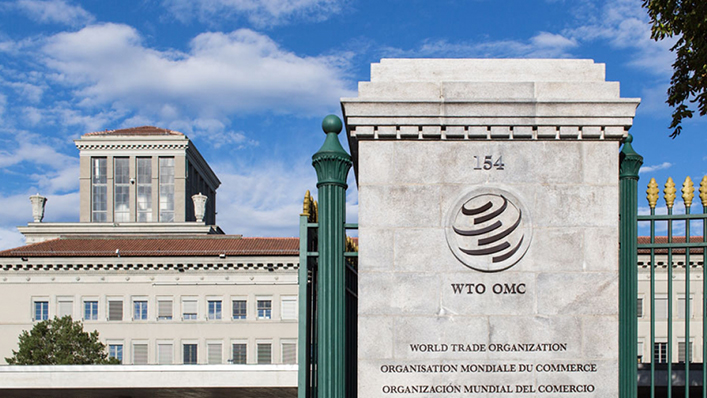It’s time to hedge America.
Even though President Donald Trump has declared that April 2 will be America’s Liberation Day, stock investors may reach a different conclusion.
Despite the stock market’s recently constructive behavior after some soul-searching weakness, the president’s expected revelation of country-level tariffs is prompting some investors to prepare for the U.S. economy to decline.
Bearish signals are evident in options on the iShares Russell 2000 exchange-traded fund, a proxy for America’s economy. The fund’s small-capitalization stocks earn most, if not all, of their revenue from U.S. sales. Investors have recently begun buying bearish puts on the ETF in anticipation that stock prices will decline and put prices will increase. This is a hard shift from the recent trend of buying bullish calls in anticipation that Trump’s policies would boost American-centric companies.
The shift emerged after the recent Federal Reserve meeting. The central bank confirmed plans to lower interest rates twice this year, which is good for stocks, but Chairman Jerome Powell startled investors. He expressed concerns about the economic impact of tariffs. Uncertainty from the world’s most powerful banker likely bodes ill for everyone else, which explains the sudden interest in hedging.
With the iShares Russell 2000 ETF at $207.81, investors can buy the April $202 put and sell the April $192 put. The bear spread—buying a put and selling another with a lower strike price but same expiration—is a strategy used when investors want to short stocks or hedge their portfolios against losses. If the iShares Russell 2000 ETF declines to $192 at expiration, the hedge is worth a maximum profit of $8.39.
During the past 52 weeks, the small-cap proxy has ranged from $191.34 to $244.98.
The risk to hedging or shorting stocks is that a decline fails to materialize. Should that occur, investors can let the hedge expire, and lose money, or they can spend more money to adjust the hedge to reflect changed market conditions.
An added difficulty hedging Trump’s policies is that it seems the markets are always a tweet away from a potential rally.
The small-cap hedging strategy is our third hedge this year. In January, we suggested buying puts on the S&P 500 index to prepare for broad market weakness.
In February, anticipating that the market-leading technology sector would decline, we suggested hedging the Technology Select Sector SPDR. The hedges expired in March, offsetting the stock market’s decline.
Now, after the Fed meeting, the uncertainty that was percolating beneath the stock market seems to have morphed into something sharper. Daily futures trading on the S&P 500 suggests that some institutions have a strong desire to make multimarket bets against stocks. Trading patterns between futures, stocks, and options indicate that some institutional investors are playing a complicated game for big sums.
The Trump Dominos Trade, as the strategy should be known, has several moving parts. First, investors buy defensive put options and short stocks. Then, to quickly increase the value of those bearish bets, they sell S&P 500 futures, which trigger S&P 500 stock declines, which increases the price and implied volatility of defensive put options.
When other investors panic—because Trump says or does something that creates or exacerbates uncertainty—the Trump domino traders take action. They can make it seem like the stock market is on the verge of sharply declining, which intensifies the fears of investors who don’t understand the larger strategy.
Trump may ultimately Make America Great Again, but it is increasingly clear that won’t occur without volatility battering the equity markets.








